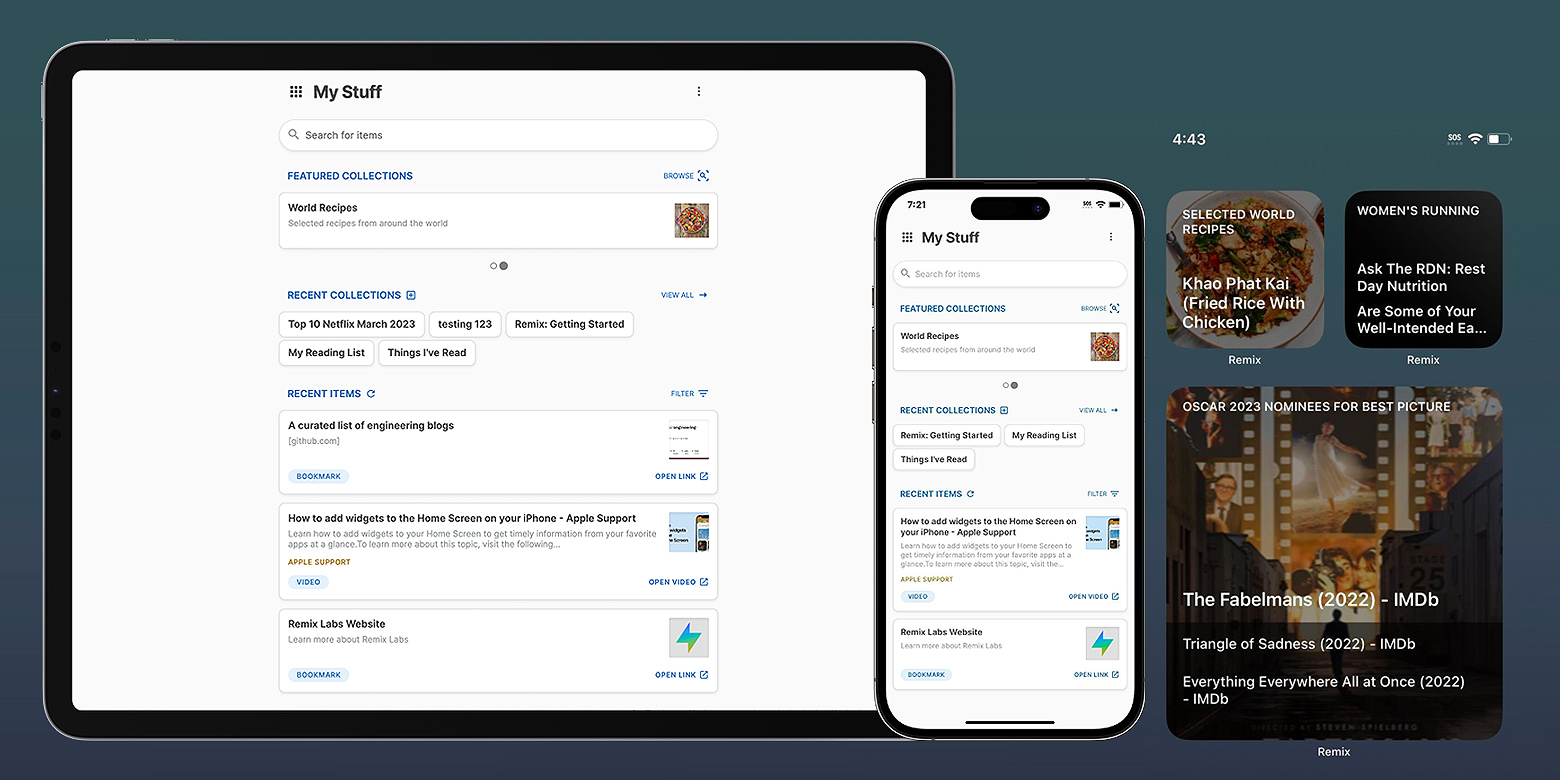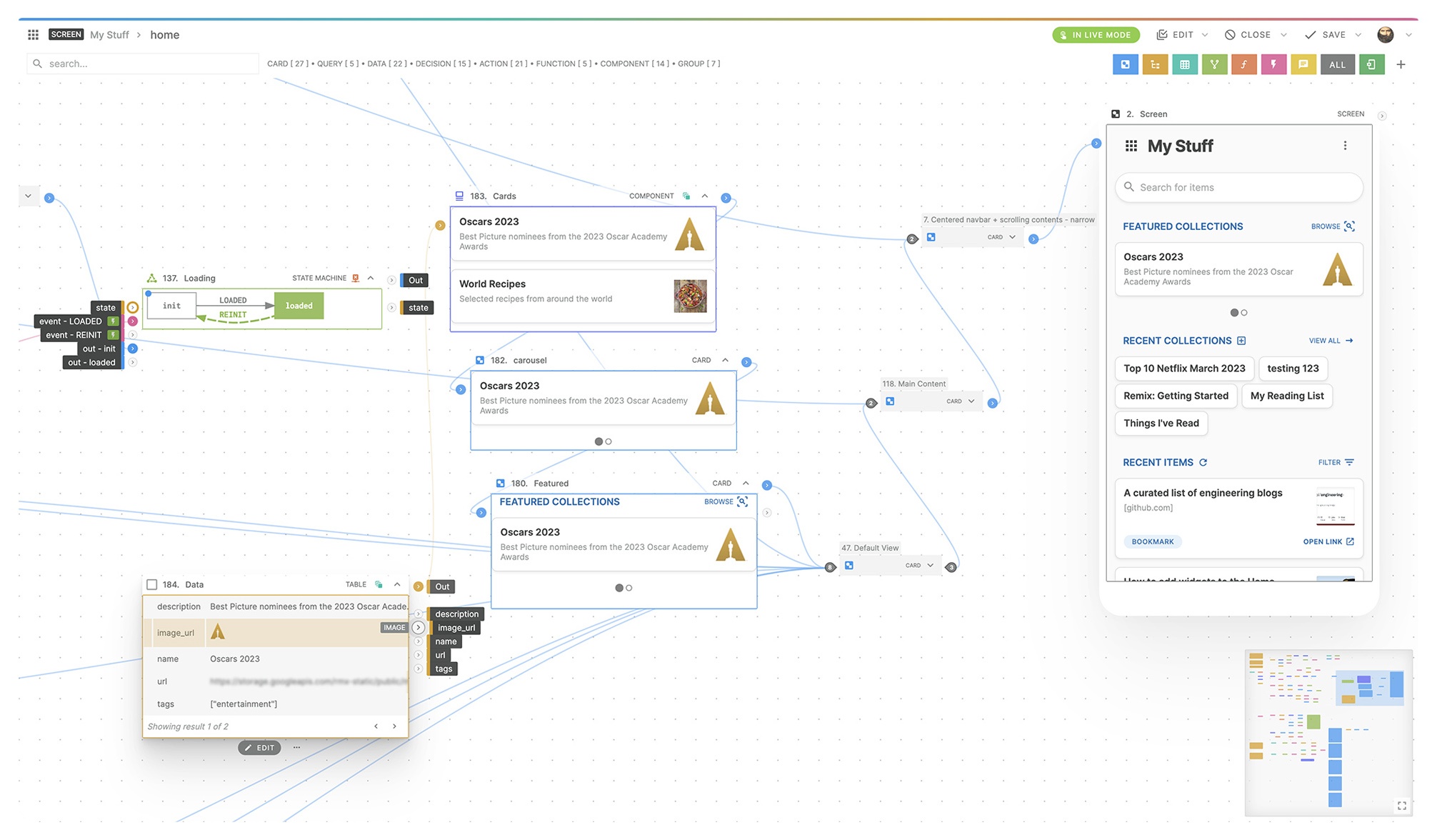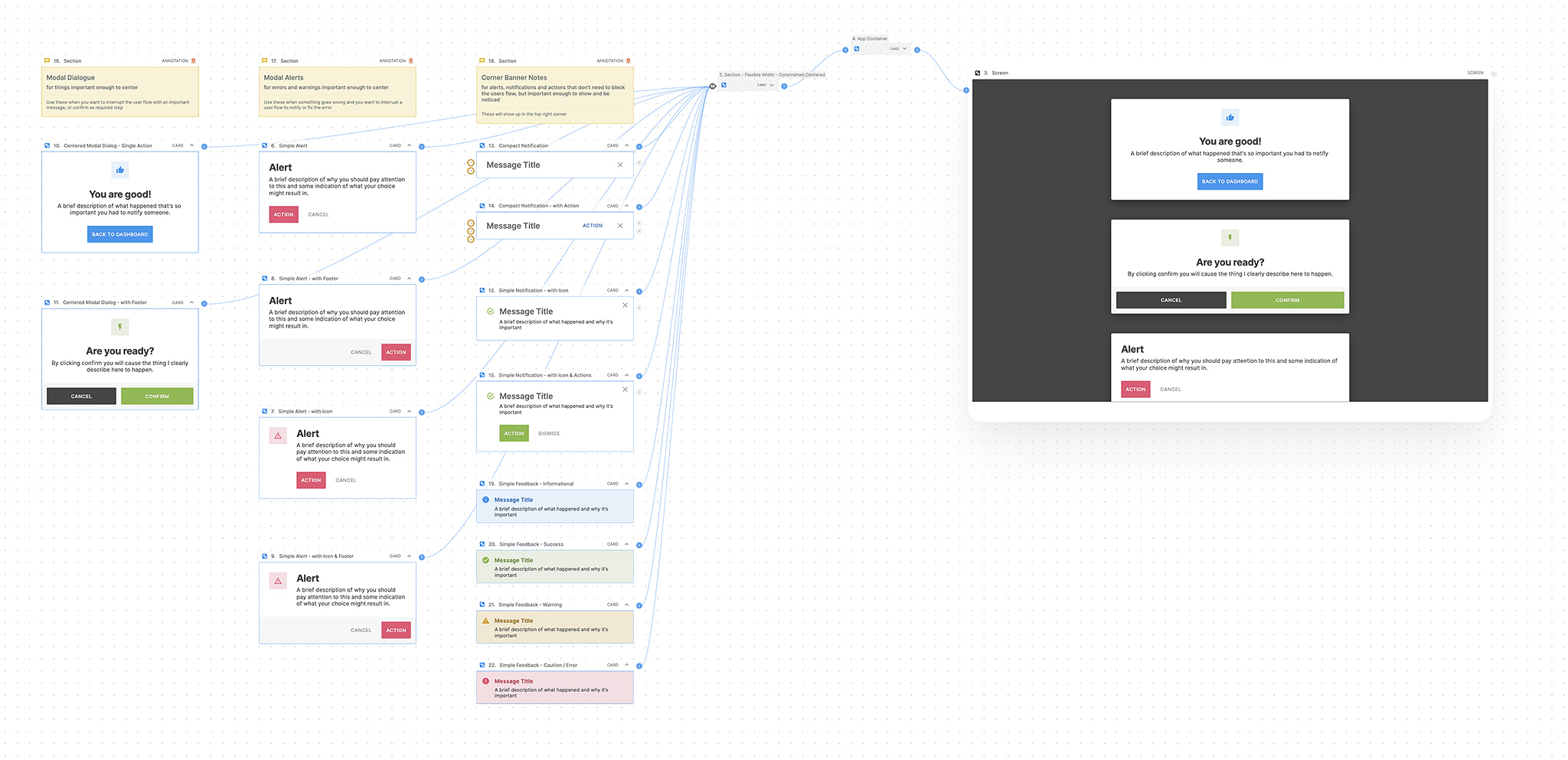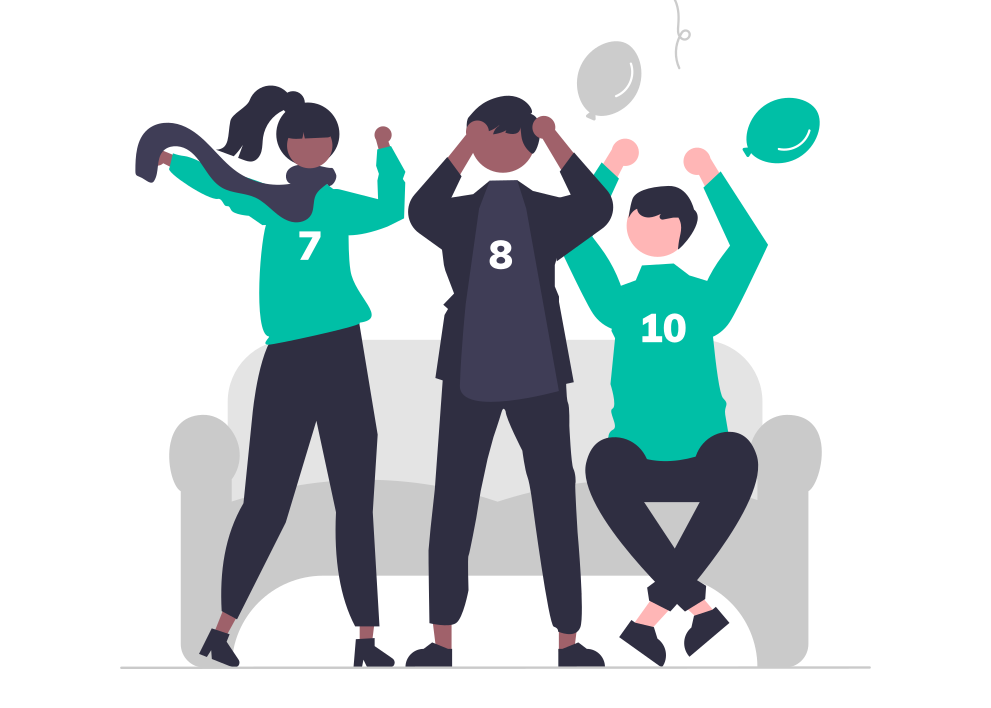Building software needs to undergo a radical change in ease of use, access, and development time.
We believe the primary way to drive this change involves two things:
- Ability to remix & re-use all the constituents of the software stack, and
- Tools to enable builders to glue these parts together quickly
The founding goal of the Remix platform is to enable rapid building of highly customizable views & flows via composition, rather than coding. Our “Studio” provides a live, reactive, and visual (no-code) environment where users can “remix” components across apps.
Remix can run at multiple user engagement points:
- Native mobile and desktop apps & widgets
- Web and mobile-web pages
- Backend APIs and web hooks (e.g. Slack webhooks, or Alexa and Google Home bots)

Traditional App Development
In the traditional software development model,
- A product manager writes a specification, typically authored using some document-authoring tool
- A designer takes this spec and builds a mockup, using tools like Figma
- A developer takes these mockups, works out the requirements on the backend, and replicates the look and feel on the frontend
- A dev-ops person then deploys the software to a capable cloud/IaaS platform
The time from initial idea to iteration is typically a few months. The team may be large and siloed. There is also a lot of “throwaway” work in this process: the spec documents, the static design mockups, and other interstitial assets.
The Remix Platform
The process and complexity of building engaging and useful digital experiences cannot be trivialized. An important consideration for creative platforms is the tradeoff between expressive power and ease-of-use & ease-of-learning.
Typically, platforms make choices along this spectrum, so builders end up with either:
- Systems that are easy to get started with, but cannot be used for complex workflows
- Systems that offer a lot of expressive power (e.g. code in developer IDEs) but are difficult for the layperson to approach
Our approach is based on the observation that in a collaborative model, the platform can be structured into multiple layers, with different levels of expressive power and re-use in each layer.

A Skills Model
Consider the building and use of Wikipedia. About 1–2% of Wikipedia users actually write entire articles. 6–9% of users write or modify some paragraphs. The majority of users consume the work done by the other creators and editors.
The Remix platform offers a similar model, with the domain expert, the designer, and the developer skill sets, operating with different capabilities, to build and iterate together to develop high quality digital experiences.
The Remix platform streamlines this by allowing all participants to collaborate on the same always-live substrate:
- A domain expert can build Flows using pre-existing parts (“components” in Remix)
- A designer can go in and style the Flow (building up “design libraries” for re-use)
- An engineer can contribute web components and serverless functions that can be integrated seamlessly into the flow


Stay Connected
There’s so much more about the platform to talk about. In the next few posts we’ll show examples of flows and tools built on Remix. We’ll also show how to leverage the power of cloud microservices and edge devices to enable users to be more productive, securely and privately.
If you wish to find out more about Remix, please email us at hello@remixlabs.com, or follow us on Twitter @remix_labs.
Next post

Large entertainment venues (stadiums, arenas, amphitheaters, etc.) see a huge number of visitors each year. The best time to engage people is when they are physically present at the event, and you have their maximum attention. The best way to engage people is by augmenting their physical presence with unique digital experiences, custom-crafted to their needs while they are at the event.
Read more...
